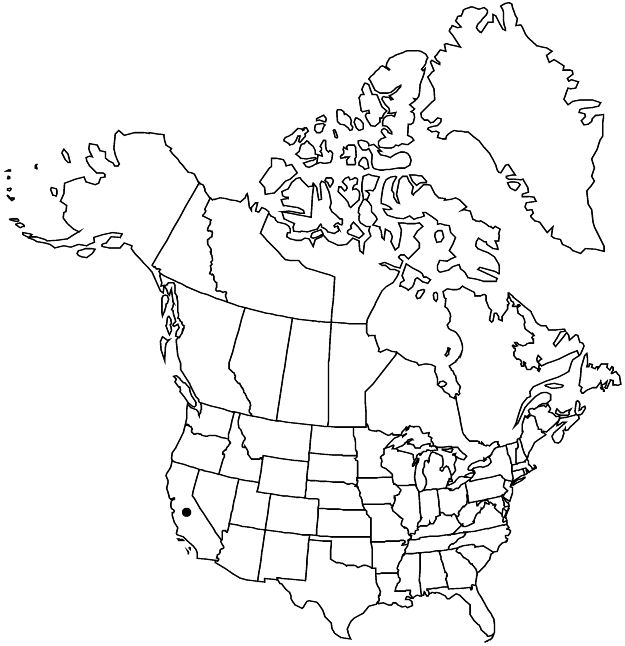Horkelia rydbergii
Bot. Gaz. 39: 50. 1905.
Plants tufted to ± matted, usually grayish to grayish green. Stems ascending to erect, (1–) 2–7 dm, hairs ascending to appressed. Basal leaves ± planar, (4–) 8–20 (–30) × 0.8–2 (–3) cm; stipules entire; leaflets 7–14 per side, separate to ± overlapping at least distally, cuneate to flabellate, (3–) 5–15 (–22) × 3–10 (–15) mm, ± 1/2 to as wide as long, divided ± 1/3 to midrib into (3–) 5–10 acute to obtuse teeth, densely (to sparsely) strigose or pilose. Cauline leaves (2 or) 3–6 (–8). Inflorescences ± open to congested, flowers arranged individually or in glomerules. Pedicels (1–) 2–8 mm. Flowers 10–15 mm diam.; epicalyx bractlets lanceolate to narrowly elliptic, 2–3.5 (–4) × 0.5–1 mm, ± 3/4 length of sepals, entire; hypanthium 1–1.5 (–2) × 2.5–4.5 (–6) mm, less than 1/2 as deep as wide, interior pilose; sepals spreading to ± reflexed, lanceolate, (2.5–) 3–5 (–5.2) mm; petals oblong to oblanceolate, 4–5.5 × 1.2–2.5 mm, apex rounded to truncate or slightly emarginate; filaments 0.5–2 × 0.5–1 mm, anthers 0.6–1 mm; carpels 20–50 (–120); styles 2–4 mm. Achenes light to dark-brown, 1–1.5 mm, smooth or roughened.
Phenology: Flowering summer.
Habitat: Dry to moist meadows and stream banks, in conifer woodlands
Elevation: 1200–2800 m
Discussion
Horkelia rydbergii occurs in the Transverse Ranges of Kern, Los Angeles, San Bernardino, and Ventura counties. Reports from farther north (as H. bolanderi var. parryi) are referable to H. marinensis, H. yadonii, or, possibly, H. cuneata. Although there has been occasional nomenclatural confusion between this taxon (as H. bolanderi var. parryi) and H. parryi Greene, the two are taxonomically and geographically distinct.
Plants in the Mount Pinos–Lockwood Valley area of Kern and Ventura counties, and on Frazier Mountain, are distinctly gray with an abundance of tightly curled hairs. The leaves tend to be relatively short (to 8 cm) with relatively small leaflets (3–6 mm) on the basal leaves. Stems are relatively short (to 3 dm), and the fruits are dark brown, distinctly rugose, and 1.3–1.5 mm. This phase (including the type of Horkelia rydbergii) abruptly gives way to a grayish green phase with a slightly less dense, pilose indument in the San Bernardino and San Gabriel mountains. Here the plants tend to have larger basal leaves (to 30 cm) and leaflets (5–12 mm), longer stems (to 7 dm), and fruits that are a lighter brown, mostly smooth, and 1–1.2 mm. This phase in turn grades into even less densely hairy plants near Bear Lake, where the type of H. bolanderi var. parryi was obtained.
Selected References
None.
Lower Taxa
"thin" is not a number.No values specified."dm" is not declared as a valid unit of measurement for this property."dm" is not declared as a valid unit of measurement for this property."dm" is not declared as a valid unit of measurement for this property.
